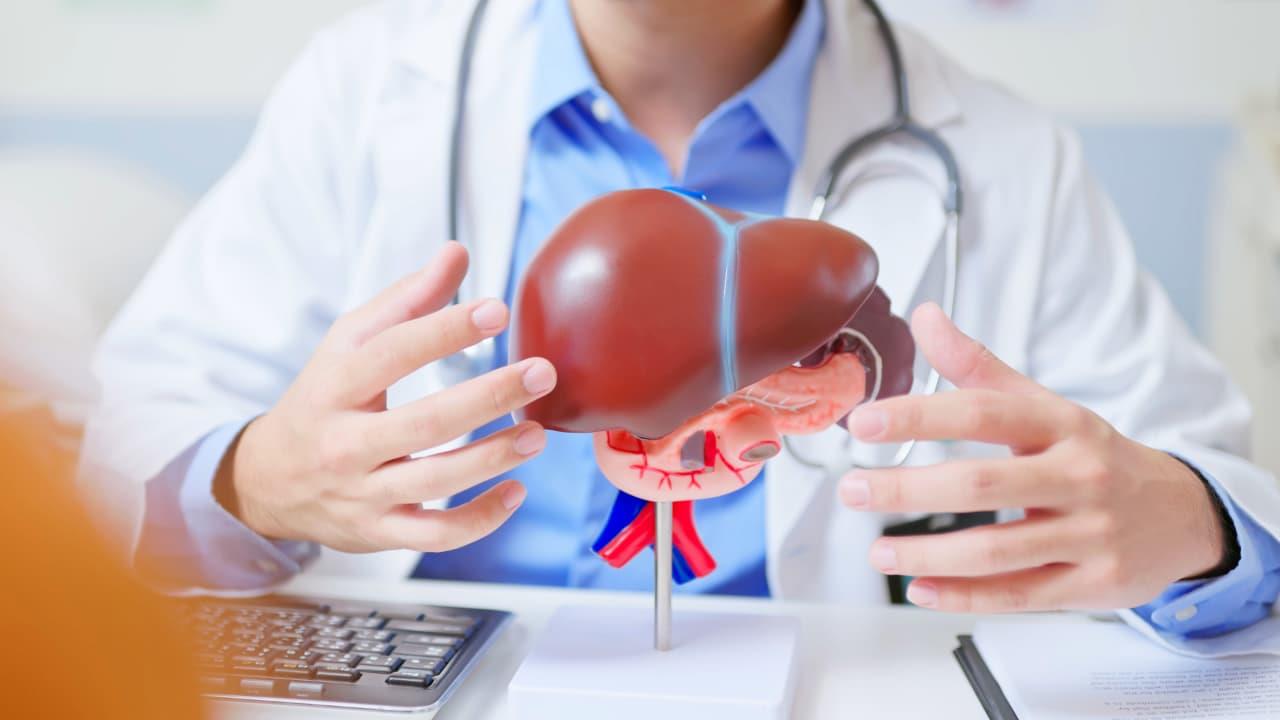How Alcohol Damages The Liver: New Study Reveals The Missing Link
Scientists have found how alcohol leads to fatty liver disease, a widespread and serious health issue. Researchers at the Mayo Clinic have identified the specific mechanism by which excessive drinking results in the development of this condition, now known as Metabolic Dysfunction-Associated Steatotic Liver Disease (MASLD). MASLD affects more than one in three people in the United States and can progress to type 2 diabetes or liver cancer if not addressed. The findings were published in the Journal of Cell Biology.
Although it is known that alcohol contributes to liver damage, this latest study explains precisely how it causes fat to accumulate in the liver cells. The liver serves as the body's primary filtration system. Liver cells, known as hepatocytes, are responsible for a variety of essential functions, such as breaking down substances, recycling materials, and producing crucial proteins.
The Key Player: VCP Enzyme
When we eat, dietary fat is absorbed and stored in the liver as lipid droplets, small pockets within the cells that serve as energy reserves. These droplets are typically harmless and can be used when food is scarce. However, an overabundance of lipid droplets can lead to the development of fatty liver disease.
A critical factor in this process is an enzyme named valosin-containing protein (VCP), which is involved in removing and recycling damaged proteins throughout the body. In healthy individuals, VCP manages a protein called HSD17β13, which resides on the surface of fat droplets. When HSD17β13 accumulates, it causes fat to build up in the liver cells, a key feature of fatty liver disease.
What Alcohol Does
The presence of excessive alcohol disrupts this process by causing VCP to disappear from the surface of the fat droplets. As a result, HSD17β13 increases, leading to a harmful accumulation of fat in the liver. The research team observed how VCP interacts with a helper protein to transport damaged proteins to lysosomes, where they are broken down and recycled. However, when alcohol is present in high amounts, this system becomes ineffective, allowing fat to accumulate.
This discovery has significant implications for the prevention and treatment of fatty liver disease. Through this study, scientists may develop new strategies to support those at risk of alcohol-related liver damage.
Legal Disclaimer:
MENAFN provides the
information “as is” without warranty of any kind. We do not accept
any responsibility or liability for the accuracy, content, images,
videos, licenses, completeness, legality, or reliability of the information
contained in this article. If you have any complaints or copyright
issues related to this article, kindly contact the provider above.
Most popular stories
Market Research

- Motif AI Enters Phase Two Of Its Growth Cycle
- 1Inch Unlocks Access To Tokenized Rwas Via Swap API
- Kucoin Presents Kumining: Embodying Simple Mining, Smart Gains For Effortless Crypto Accumulation
- With Seal, Walrus Becomes The First Decentralized Data Platform With Access Controls
- Jpmorgan Product Head Joins GSR Trading MD To Build Institutional Staking Markets
- Innovation-Driven The5ers Selects Ctrader As Premier Platform For Advanced Traders





















Comments
No comment